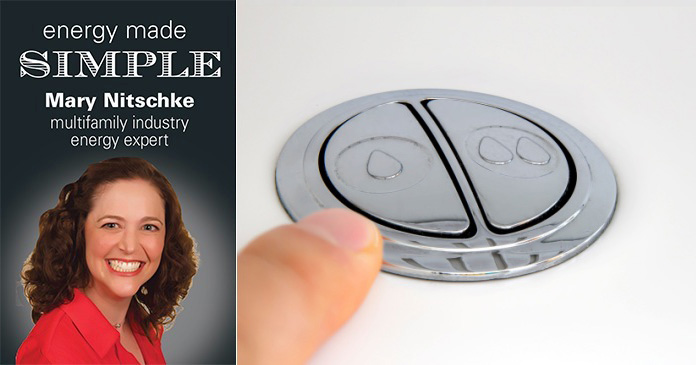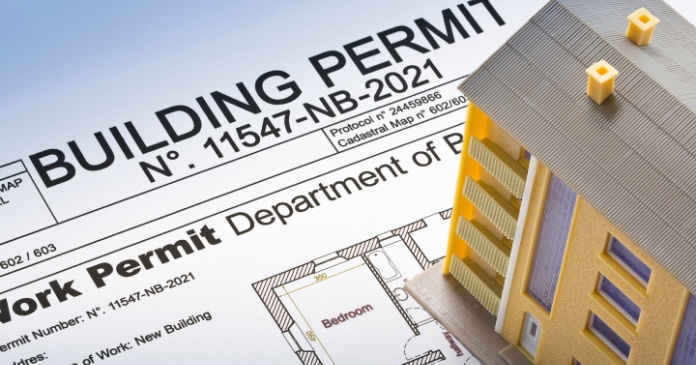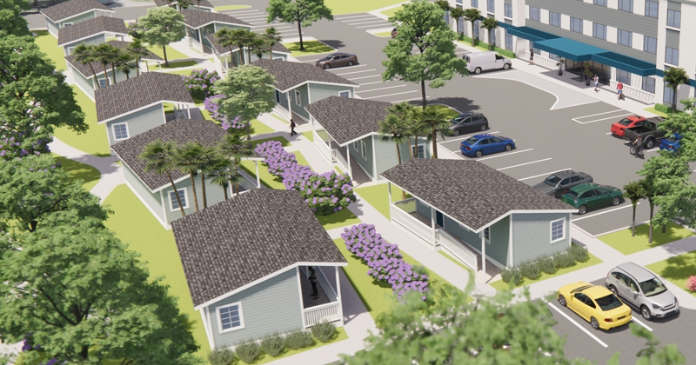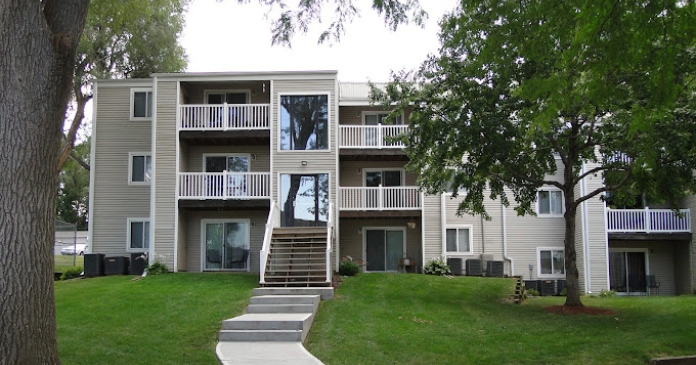People have said to me, “we cannot control our property’s water consumption because we cannot affect what the residents do in their units.” Oh, really? According to EPA’s WaterSense program, 26.7% of all indoor water use is attributable to the toilet.
The standard toilets in apartments today use about 1.6 gallons per flush and each occupant uses the toilet 5 to 8 times per day. This constitutes 10.4 gallons per day per resident for flushing on average. At a 250-unit property with average occupancy of 1.75 residents per unit, you can attribute roughly 1,660,750 gallons of water usage per year to toilet related activities. If you were to install 0.8 gallon per flush fixtures, this number cuts in half.
In reality, every property that I retrofitted with low flow toilets saw a 30+ percent reduction in water consumption. This is replicable; a peer of mine observed a 40 percent drop in consumption after his retrofit of an older community. For those of you doing the math in your head (my kindred) who are confused by that result, remember that 70 percent of all in-unit leaks are caused by toilets and most of those leaks are considered slow leaks, or as I like to call them, “silent but deadly.” Water loss continually occurs without making a sound to alert the resident that there is an issue. The conversion to low flow toilets immediately mitigates those leaks.
The trick to upgrading is to install the correct device for your property. Toilets are like shoes; certain toilets work best in certain construction types and ages. It is important to get the right one. I recommend working with a professional to ensure all your buildings’ needs are met.
For those of you thinking, well the residents pay for the water, so why should I care? I have two words for you: maintenance requests. The low flow toilets are engineered to really suck the contents down, not just push them away with a volume of water. They tend to clog less.
At the first property at which I installed 0.8 gallon per flush toilets, maintenance tickets related to “toilet issues” were reduced to from four to one. The maintenance supervisor told me that the one clog was related to a sibling dispute. Apparently, the older brother flushed the younger brother’s security blanket in an act of vengeance, clogging the drainpipe. My maintenance supervisor indicated that no toilet would have been able to handle it. At the second site, tickets were reduced by 100%.
If you are struggling with staffing challenges, why not just reduce the workload?
Additionally, if your property is in a drought region, installing efficient toilets can have a profound effect on your allotted water budget. True, your residents may pay for the water, but you may not be able to pass the penalties for exceeding your consumption target onto your residents. So, if the same meter that supplies the water to your building feeds your irrigation system, you might have an opportunity to reduce water use without sacrificing curb appeal.
















